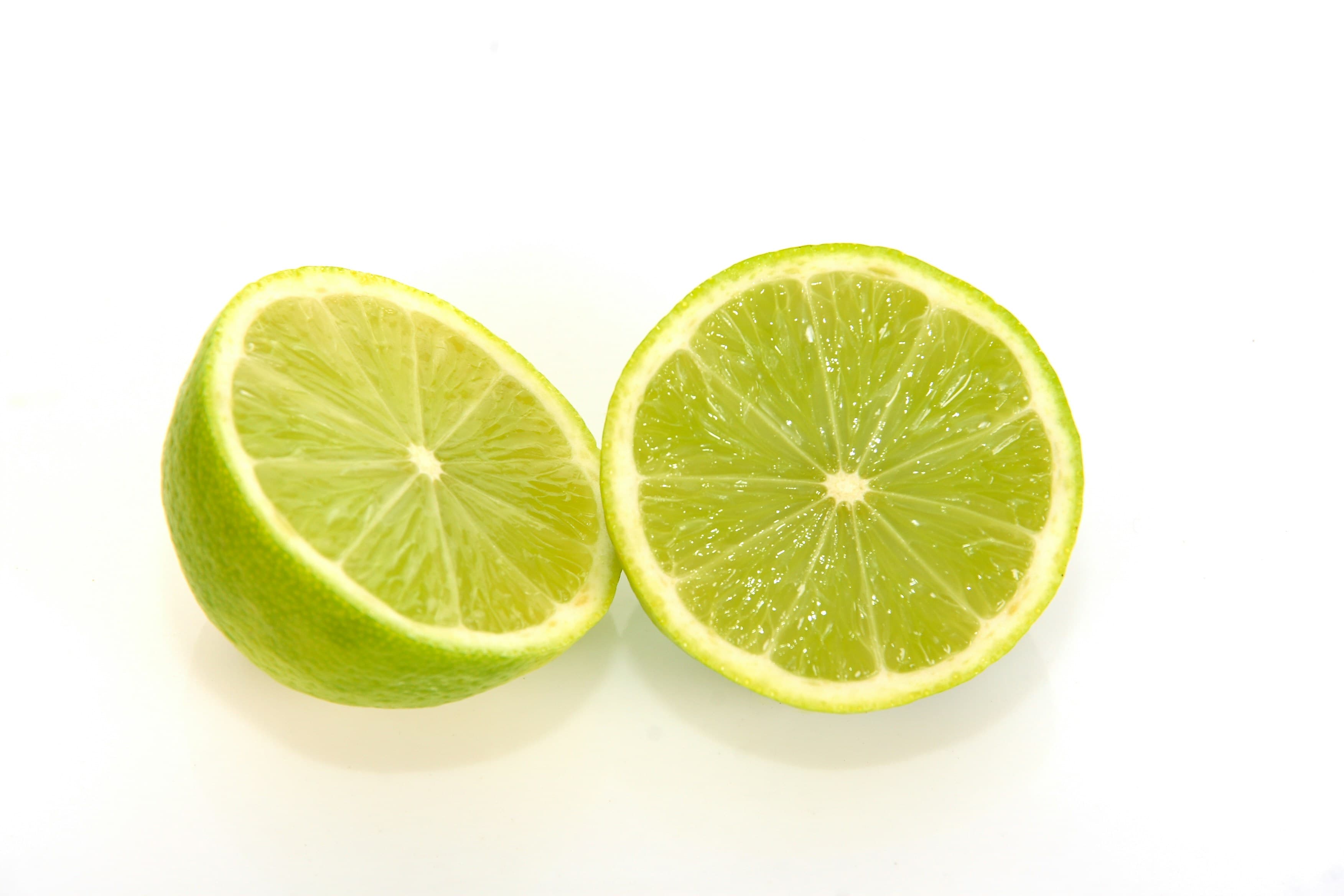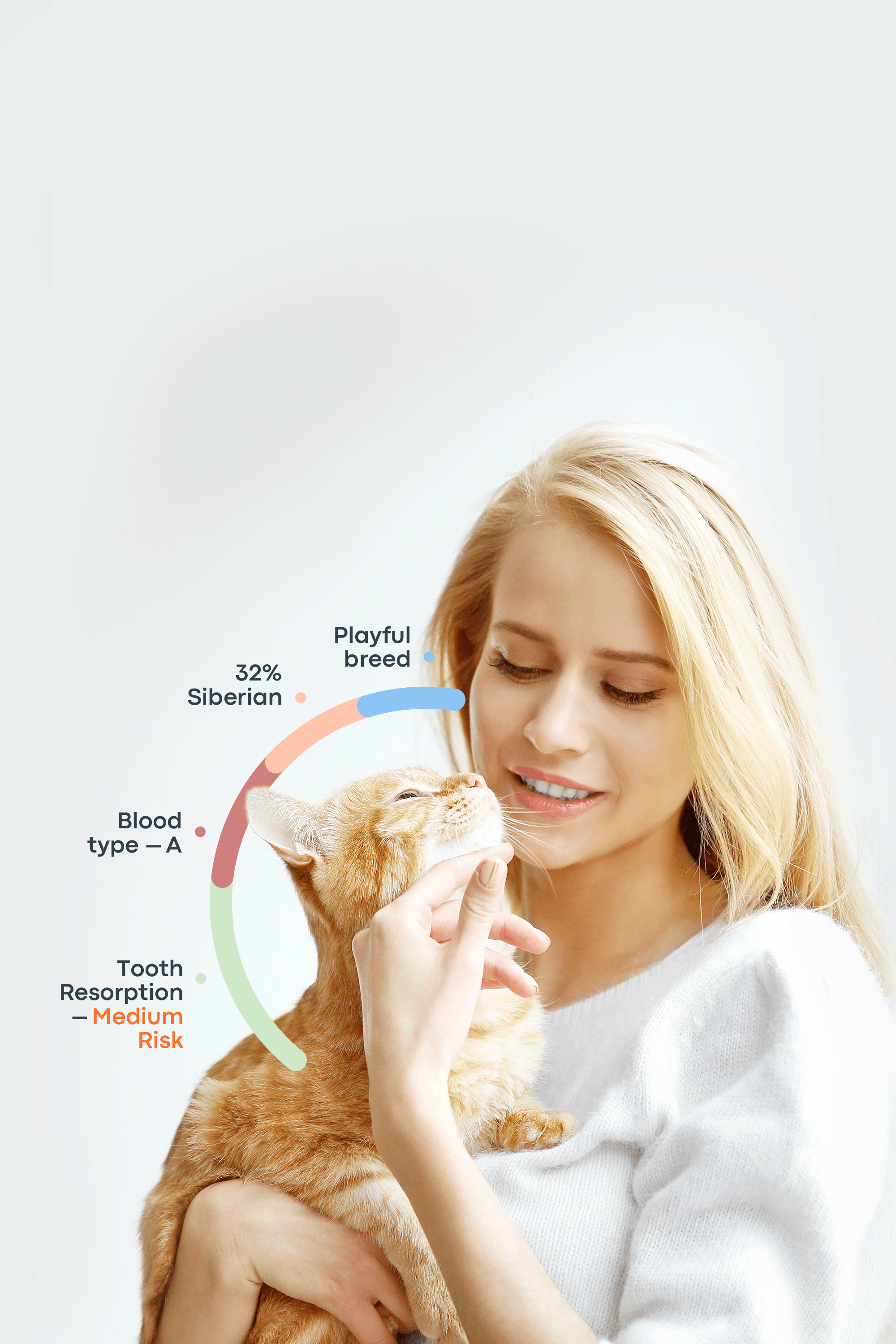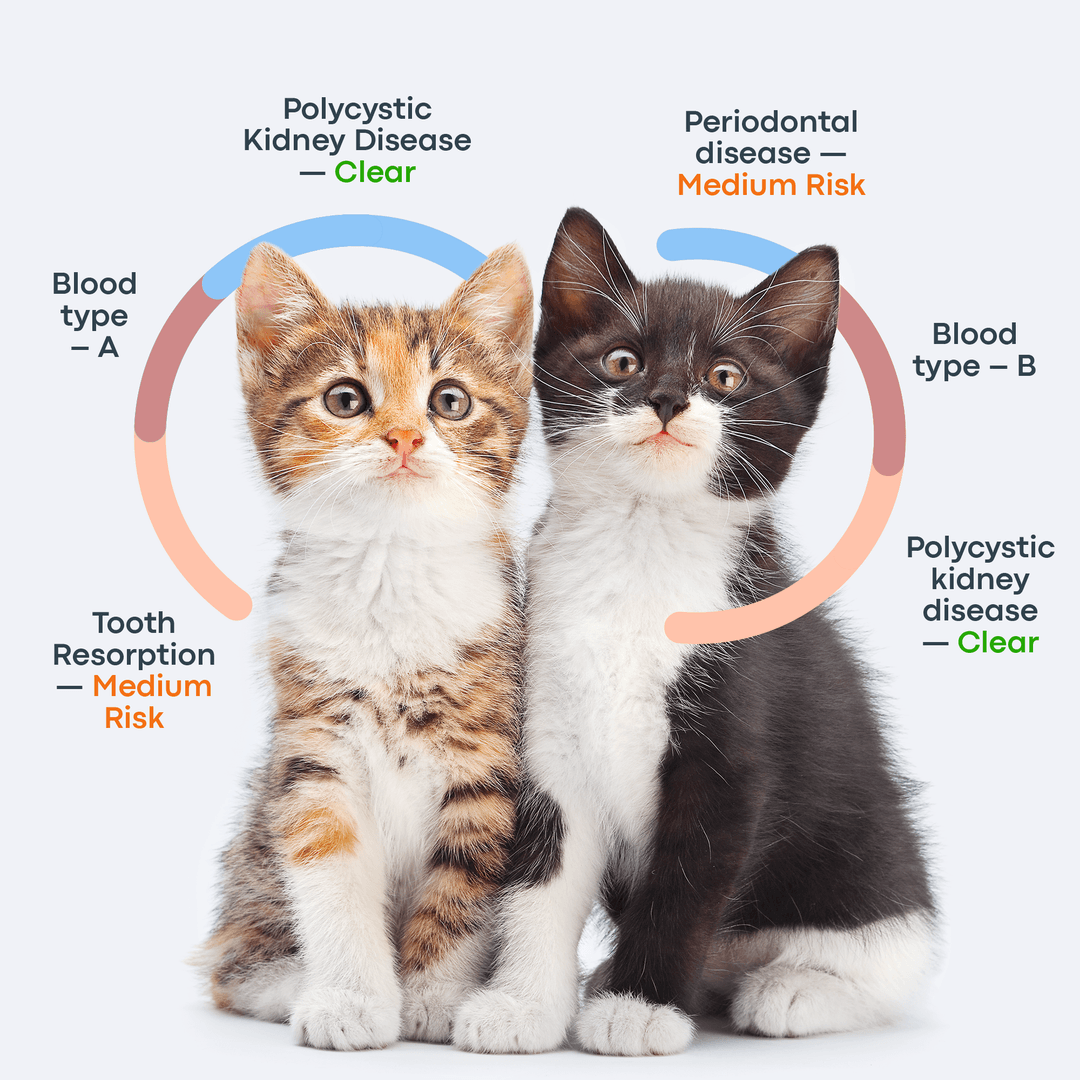The short answer is no. Dogs should not eat limes. Limes are toxic to them and can cause serious health problems. Many pet parents don’t know this. It’s natural to think they’re safe for pets. But limes are more than just sour: toxins in them can make dogs sick.
The question “Can dogs eat limes?” is common among pet parents. In this article, we’ll explain why limes are dangerous. We also talk about how to recognize symptoms of lime poisoning and what to do if your dog eats lime, plus a list of safer fruit alternatives.

Why Limes Are Unsafe for Dogs
Limes contain toxic compounds. These can cause digestive issues, skin reactions and even neurological symptoms in dogs. They’re in the peel, pulp and even the juice.
Psoralens are natural chemicals in citrus plants. These can lead to light sensitivity and skin irritation in canines. Ingesting them can affect their internal systems too.
The essential oils in limes, especially in the peel, are toxic to dogs. According to PetMD, the rind can be even more toxic to dogs. This is because of an essential oil found in lime rind. These oils include compounds like limonene and linalool. A canine liver can’t break down these substances properly. This leads to symptoms like vomiting, weakness, or worse.
Even a small amount of lime can be harmful. Some dogs may have a higher tolerance, but there’s no safe amount. The American Kennel Club also advises against giving lime juice. It is concentrated and has sugar as well. This can lead to obesity among dogs. The best practice is to keep limes away from your dog altogether.
In short, is lime bad for dogs? Yes. Very bad.
Symptoms of Lime Poisoning in Dogs
The symptoms of lime poisoning can vary. It depends on how much your dog ate, their size and overall health. Some signs show up quickly, while others may take a few hours.
Common Signs
The early symptoms are often related to digestion.
Vomiting
Diarrhea
Excessive drooling
Loss of appetite
Pawing at the mouth or face
Severe Symptoms
In more serious cases, lime poisoning can cause:
Lethargy or fatigue
Tremors or shaking
Sensitivity to light
Loss of coordination
Low blood pressure
These symptoms are more alarming, as they may point to deeper toxicity affecting the nervous system or liver. Don’t wait to see if things get better. Call your vet immediately.
When to Contact a Vet
If your dog eats lime – even just a bite – it’s a good idea to contact your veterinarian. According to Rover, it is unlikely for a dog to eat a lime voluntarily. The pungent smell and sharp taste will put them off. Still, if that happens, you may not see symptoms right away. Early treatment can prevent complications. If your dog is showing severe signs, don’t delay. Take them to the vet or animal ER. It’s better to be overly cautious than risk your dog’s health.
What to Do if Your Dog Eats a Lime
First things first: stay calm. It’s scary, but your dog needs you to think clearly. If you have seen them eat it, try to figure out how much and which part of the lime they consumed. The peel contains the most essential oil, so it’s the most toxic part. The juice and pulp are dangerous too, but slightly less concentrated.
Do not try to make your dog vomit unless your vet tells you to. This can cause more harm, especially if essential oils are involved. You could make the situation worse.
Call your veterinarian and explain what happened. They might ask you to bring your dog in or just monitor symptoms at home, depending on the case. If you go to the clinic, your vet might perform decontamination using activated charcoal. This helps absorb the toxins in the stomach. Your dog might also get IV fluids to stay hydrated and flush out their system. Sometimes, meds are given to treat nausea, tremors, or seizures.
According to Wag!, even touching a lime can be dangerous to dogs. They advise washing the body part that touched a lime with soap and water.

Are Any Citrus Fruits Safe for Dogs?
Fruit | Safe or Not? | Notes |
Oranges | In moderation ✅ | Remove seeds and peel |
Tangerines | Occasionally ✅ | Small slices only |
Lemons | Avoid ❌ | Contains same toxins as limes |
Limes | Toxic ❌ | Causes digestive and neurological issues |
Grapefruit | Not recommended ⚠️ | Too acidic and high in psoralens |
Here’s the good news: not all citrus fruits are bad. There are safe options. These include oranges, tangerines and mandarins. These are less acidic and have lower levels of essential oils. They’re also higher in natural sugars. This means they are more appealing to dogs. Even with safer fruits, moderation is key.
Give only a few small bits at a time. Remove the seeds and peel and carefully monitor your dog afterward. Make sure they don’t react badly. Avoid citrus altogether if your pooch has a sensitive stomach.
And let’s clear this up: can dogs have limes in very tiny amounts? No. There is no safe amount of lime for dogs. It’s best to avoid them completely.
Fruits to avoid include lemons, grapefruits and, of course, limes. They all contain similar compounds that are dangerous to dogs.
Healthy Alternatives to Limes for Dogs
There are plenty of fruits that are not only safe but also healthy for dogs. Here are some great choices:
Apples (remove the seeds and core)
Blueberries (bursting with antioxidants)
Bananas (packed with potassium and magnesium)
Watermelon (no seeds or rind)
Benefits of Dog-Friendly Fruits
Your dog can get loads of vitamins (A, C, B6). They include antioxidants as well. These help support the immune system. Fiber aids digestion. For dogs on a diet, these dog-friendly fruits can be a low-calorie treat.
Tips for Offering Fruits as Treats
Wash to remove pesticides and dirt.
Cut into small pieces. Bite-sized is best.
Start with small amounts. This is very important when giving a new fruit your canine hasn’t tried before.
Never add seasonings to fruit. Sugar and salt make them unhealthy.
Seeds and pits need to go. The same goes for peels.
Final Thoughts: Keeping Your Dog Safe from Toxic Foods
Time to wrap it up. Can dogs eat limes? No. They are toxic and can cause serious health problems. Dogs should not have limes in any form – neither the juice, nor the peel, not even a lick. Is lime harmful to dogs? Yes. Even small exposure can be bad.
Dogs rely on us to make the right choices for them. Knowing what’s safe – and what’s not – is a key part of responsible pet ownership. The good news? There are plenty of healthy, tasty, dog-safe fruits you can offer instead of limes. Stick with those, and your dog will reward you with good health and a happy mood.
Frequently Asked Questions
What are the risks of your dog licking lime?
Even licking a lime can cause issues. It can irritate their mouth. The citric acid can upset their stomach.
Can dogs have cilantro?
When given in small amounts, it can be safe. It may even help with digestion. The key is to avoid overconsumption.
Can dogs eat lemons?
Like limes, lemons contain psoralens and essential oils. These are harmful and toxic to dogs.
Can dogs drink lemon water?
This can be too acidic for canines. Consumption may cause nausea or stomach upset. Best to avoid and keep your dog healthy.



